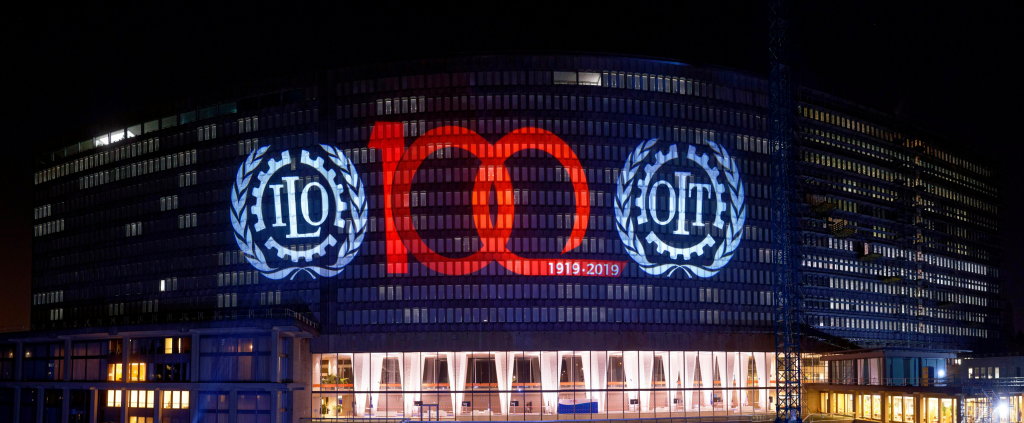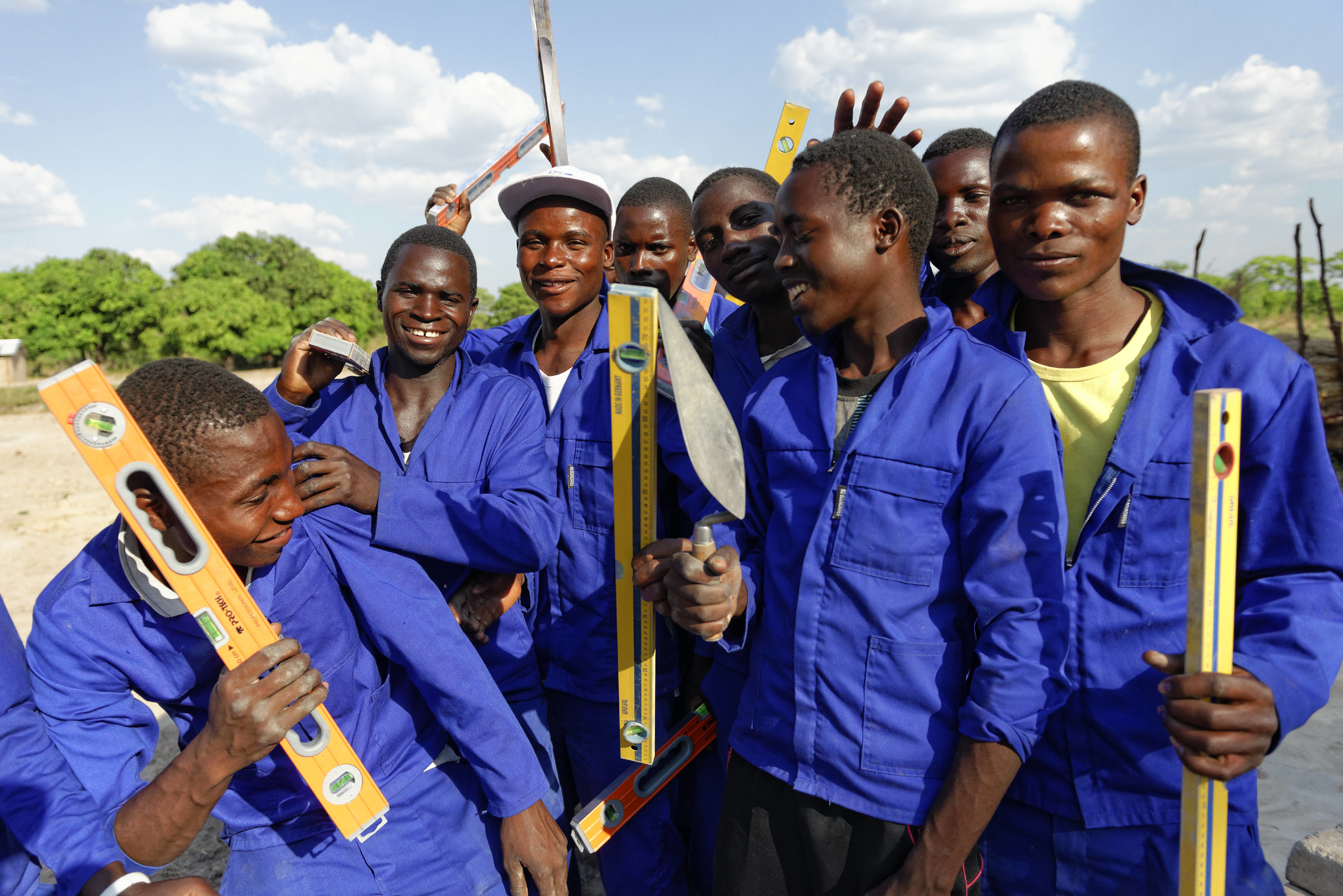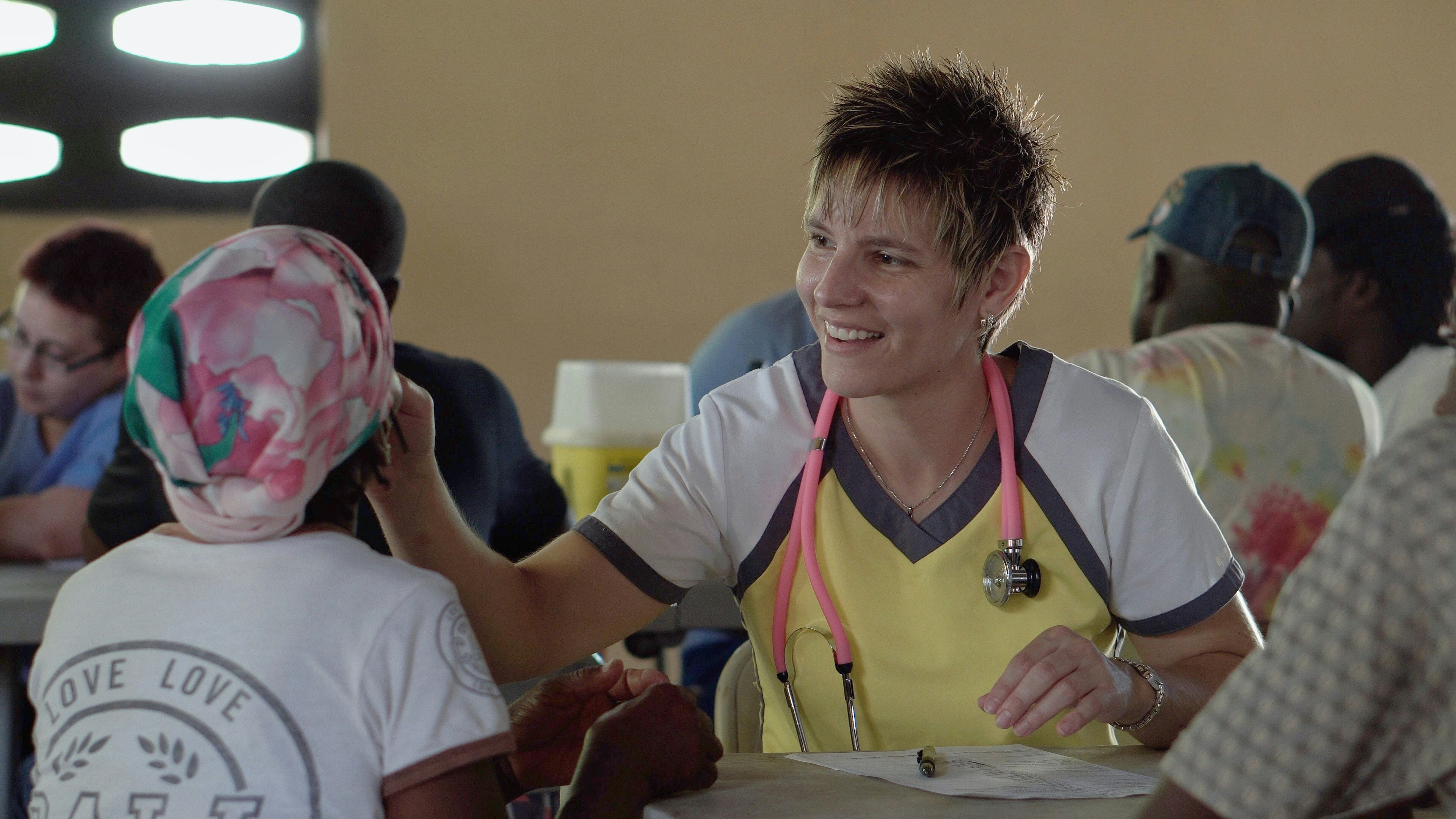100 years of the ILO also means 100 years of ILO’s labour statistics to support the work of countries and organizations around the world in improving labour markets, and of course, to inform its own work. The ILO works tirelessly to promote evidence-based policies which will improve labour markets around the work. The evidence is provided by accurate, reliable and comparable statistics.
Here are 100 statistics on the ILO’s work and the global labour market to celebrate the ILO’s 100th anniversary.
ILO and International Labour Standards
1- There are 189 ILO Conventions, covering all aspects of the world of work.
2- There are 205 ILO Recommendations.
3- There are 6 Protocols to ILO Conventions.
4- There are 8 fundamental ILO Conventions.
5- There are 4 governance ILO Conventions.
6- There are 177 technical ILO Conventions.
7- 178 countries have ratified the Forced Labour Convention (ILO Convention n°29).
8- 155 countries have ratified the Freedom of Association and Protection of the Right to Organise Convention (ILO Convention n°87).
9- 166 countries have ratified the Right to Organise and Collective Bargaining Convention (ILO Convention n°98).
10- 173 countries have ratified the Equal Remuneration Convention (ILO Convention n°100).
11- 175 countries have ratified the Abolition of Forced Labour Convention (ILO Convention n°105).
12- 175 countries have ratified the Discrimination (Employment and Occupation) Convention (ILO Convention n°111).
13- 171 countries have ratified the Minimum Age Convention (ILO Convention n°138).
14- 186 countries have ratified the Worst Forms of Child Labour Convention (ILO Convention n°182).
15- ILO fundamental Conventions add up to 1379 ratifications.
Sustainable Development Goals indicators about the labour market
16- 8% of the world’s employed live in poverty (SDG indicator 1.1.1).
17- 55% of the world’s population is NOT covered by any form of social protection (SDG indicator 1.3.1).
18- Women hold only 27% of managerial positions in the world (SDG indicator 5.5.2).
19- Global labour productivity grew by almost 3% in 2018 (SDG indicator 8.2.1).
20- 51% of non-agricultural employment in the world is informal (SDG indicator 8.3.1).
21- There is a global gender pay gap of 19% (factor-weighted, SDG indicator 8.5.1).
22- The global unemployment rate is 5% (SDG indicator 8.5.2).
23- 21% of the world’s youth are not in employment, education or training (SDG indicator 8.6.1).
24- 10% of all children in the world are in child labour (SDG indicator 8.7.1).
25- 14% of the world’s employed work in manufacturing (SDG indicator 9.2.2).
26- 52% of the world’s GDP goes to remunerating labour (SDG indicator 10.4.1).
The global labour market
27- There are over 5.66 billion people of working age in the world.
28- The global labour force participation rate is 61%.
29- The global inactivity rate is 39%.
30- The global employment-to-population ratio is 58%.
31- There are over 3.3 billion employed people in the world.
32- There are 172’480’000 unemployed people in the world.
33- In the world, there are 13 dependants (children, unemployed or outside the labour force) for every 10 employed people.
34- The global unemployment rate of youth is 12%.
35- There are 935’616’000 agricultural workers in the world.
36- 28% of the world’s employed work in agriculture.
37- 23% of the world’s employed work in the industrial sector.
38- 49% of the world’s employed work in services.
39- 7% of the world’s employed work in construction.
40- Of all people with jobs in the world, 5% hold managerial positions.
41- Of all employed people in the world, 9% are professionals.
42- Of all employed people in the world, 7% are technicians or associate professionals.
43- 52% of employed people in the world are employees.
44- 48% of employed people in the world are self-employed.
45- 3% of employed people in the world are employers.
46- 34% of employed people in the world are own-account workers.
47- 11% of employed people in the world are contributing family workers.
48- 45% of the world’s workers are in vulnerable employment (own-account workers and contributing family workers).
49- The median age of people in the labour force is 38.8 years old.
50- Each worker in the world produced on average 25’151 US$ of GDP in 2018 (in constant 2010 US$).
51- In 2017, real wages in the world grew only by 1.8%, the lowest global wage growth since 2008.
Gender (in)equality
52- The global labour force participation rate of men is 75%.
53- The global labour force participation rate of women is 48%.
54- The global unemployment rate of men is 4.7%.
55- The global unemployment rate of women is 5.4%.
56- The global unemployment rate of young men is 11.5%.
57- The global unemployment rate of young women is 12.4%.
58- The global inactivity rate of men is 25%.
59- The global inactivity rate of women is 52%.
60- 13% of all young men in the world are not in employment, education or training.
61- 30% of all young women in the world are not in employment, education or training.
62- Women represent 50% of the world’s working-age population.
63- Women represent 39% of the world’s employment.
64- Women represent 40% of the world’s vulnerable employment.
65- Women represent 22% of employers around the world.
66- Women represent 48% of the world’s youth population.
67- Women represent 69% of youth not in employment, education or training.
68- The gender pay gap in high-income countries is 16% (factor-weighted).
69- The gender pay gap in upper-middle income countries is 21% (factor-weighted).
70- The gender pay gap in lower-middle income countries is 17% (factor-weighted).
71- The gender pay gap in low-income countries is 13% (factor-weighted).
Social protection
72- 45% of the world’s population are covered by at least one social protection benefit.
73- 35% of all children/households in the world are receiving child/family cash benefits.
74- 41% of mothers with new-borns are receiving maternity cash benefits.
75- 28% of persons with severe disabilities are receiving disability cash benefits.
76- 22% of unemployed persons are receiving unemployment cash benefits.
77- 68% of persons above retirement age are receiving an old-age pension.
78- 25% of vulnerable persons are covered by social assistance.
79- In Africa, only 18% of the population are covered by at least one social protection benefit.
80- In the Americas, 68% of the population are covered by at least one social protection benefit.
81- In Asia and the Pacific, only 39% of the population are covered by at least one social protection benefit.
82- In Europe and Central Asia, 84% of the population are covered by at least one social protection benefit.
Informality
83- 61% of the world’s employment is informal.
84- The self-employed are more exposed to informality, but still 40% of all employees are informal.
85- 78% of older workers (aged 65 and above) are in informal employment.
86- 94% of workers with less than primary education are in informal employment.
Labour migration
87- 164 million people are migrant workers.
88- The concentration of migrant workers in high-income countries fell from 75% in 2013 to 68% in 2017, while their share in upper middle-income countries increased.
89- Migrant workers constitute 19% of the workforce of high-income countries.
Forced labour
90- 40 million people were victims of modern slavery in 2016, including 25 million people in forced labour and 15 million people in forced marriage.
91- There were 5.4 victims of modern slavery for every thousand people in the world in 2016.
92- Women and girls account for 71% of modern slavery victims.
93- 25% of victims of modern slavery are children.
Child labour
94- 152 million children were in child labour in 2016.
95- 73 million children were in hazardous work in 2016.
96- 71% of children in child labour work in agriculture.
97- Girls between 5 and 14 years old spend 40% more time a day on unpaid household chores than boys their age, equivalent to 160 million more hours globally.
Unpaid work
98- Women work on average 44 minutes more per day than men including paid work and unpaid care work.
99- Men spend on average 139 minutes more per day than women in paid work.
ILOSTAT
100- ILOSTAT gives access to data on over 500 labour market indicators.
Sources
- ILOSTAT, ILO modelled estimates
- ILO Global Wage Report 2018/19
- ILO World Social Protection Report 2017/19
- ILO – Women and men in the informal economy: A statistical picture
- ILO Global Estimates of Modern Slavery: Forced Labour and Forced Marriage
- ILO Global Estimates on International Migrant Workers
- UNICEF – Harnessing the Power of Data for Girls: Taking stock and looking ahead to 2030
- ILO – Care work and care jobs for the future of decent work
Author
-
Rosina Gammarano
Rosina is a Senior Labour Statistician in the Statistical Standards and Methods Unit of the ILO Department of Statistics. Passionate about addressing inequality and gender issues and using data to cast light on decent work deficits, she is a recurrent author of the ILOSTAT Blog and the Spotlight on Work Statistics. She has previous experience in the Data Production and Analysis Unit of the ILO Department of Statistics and the UN Resident Coordinator’s team in Mexico.












